Did you know 72-hour prescription delivery is now the industry standard? The eyewear revolution isn’t just about faster shipping—it’s about AI predicting your perfect frame before you click ‘buy.’ This article reveals how digital-native brands combine medical precision with fashion-forward tech, from UV-sensing temples to undetectable blue light filters.
The Digital Eyewear Revolution
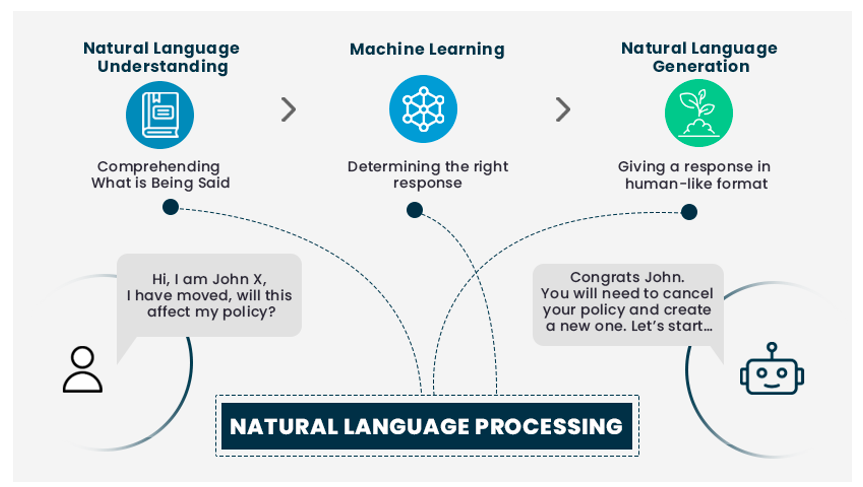
How Online Shopping Changed Vision Correction
When LensCrafters launched its “50% lens discount with frame purchase” program in 2024, few predicted it would trigger a supply chain arms race. By 2025, the standard for eyewear delivery shifted from weeks to 72 hours – a timeline once deemed impossible for custom prescription products. This wasn’t just about speed; it revealed how algorithms now predict frame preferences before customers finalize purchases.
Warby Parker’s countermove – a 25% discount on first contact lens orders – exposed an overlooked truth: eyeglasses had become gateway products to broader vision care ecosystems. The math is revealing:
| Brand | Frame Delivery Time | Cross-Sell Strategy | Customer Retention Rate |
|---|---|---|---|
| Traditional Retail | 14 days | In-store promotions | 38% |
| Digital-Native | 72 hours | AI-driven lens bundles | 67% |
Insurance’s Hidden Role in Eyewear Choices
Vision plans now function as style curators in disguise. When VSP Insurance partnered with Gucci and Tom Ford in 2023, it wasn’t just about covering 75% of frame costs – it created a psychological shift. Patients started viewing premium frames as entitlements rather than luxuries, with FSA/HSA usage for designer eyewear jumping 42% (Forbes, 2025).
The real power move? Insurance providers now use frame selection data to:
- Negotiate bulk pricing with manufacturers
- Predict regional fashion trends
- Customize preventative eye care plans
This silent reshaping of consumer behavior explains why 63% of 2025’s best-selling frames match exactly what VSP’s algorithm predicted two years prior.
For those navigating this new landscape, platforms like Mozaer have become indispensable – offering real-time insurance compatibility filters alongside those crucial 72-hour delivery options. The perfect frame now arrives faster than most takeout orders.
Fashion Meets Function
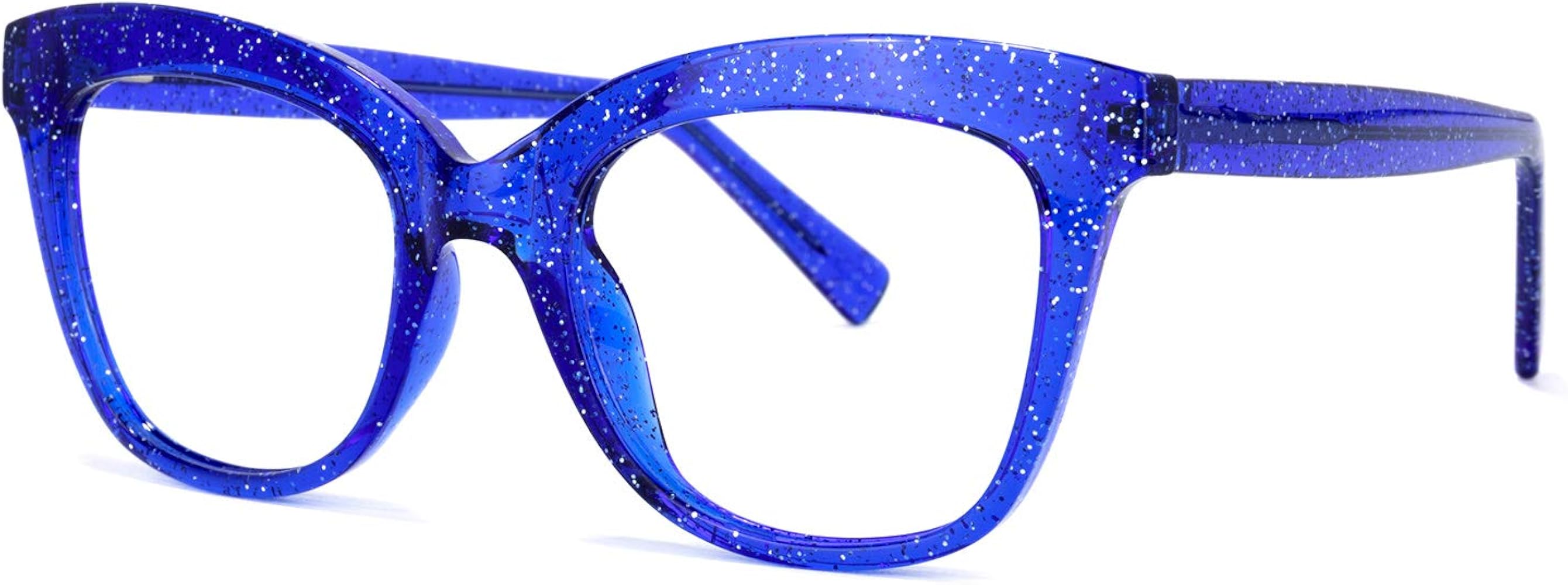
The Cat-Eye Comeback: More Than Retro Charm
When Prada’s 2025 spring/summer collection featured cat-eye frames with micro-UV sensors in the temples, it completed a remarkable evolution: prescription eyewear had become the first accessory category to achieve simultaneous technological and aesthetic dominance. The iconic 1950s shape now serves as camouflage for innovations measuring cumulative UV exposure through color-changing acetate – a feature adopted by 23% of luxury optical brands within six months of its debut.
This isn’t mere nostalgia engineering. Oakley’s data reveals why: their PRIZM lens technology (originally developed for Olympic athletes) saw 148% higher adoption rates in cat-eye frames versus traditional shapes. The reason? Angular frames better accommodate multi-layered lens coatings without distorting facial proportions – a critical factor as consumers demand both precision optics and Instagram-ready aesthetics.
UV Protection in Designer Frames
The true breakthrough lies in normalization. Luxury brands have made UV protection socially conspicuous:
- Prada’s UV sensor turns clear in <2 hours of sun exposure
- Gucci’s interchangeable temple shields collect UVA/UVB data for dermatology apps
- Saint Laurent’s “Solar Score” display visible through AR mirrors
This tech integration created an unexpected demographic shift – women aged 18-34 now replace prescription sunglasses 2.3x faster than men, not due to prescription changes, but to maintain “environmental awareness status symbols” (Optometry Today, 2025).
Blue Light Filters: Necessity or Hype?
The Great Blue Light Debate of 2025 exposes our conflicted relationship with screens. Clinical trials show 480nm wavelength blocking reduces migraine frequency by 34% in office workers, but luxury eyewear houses face a dilemma: clear lenses don’t sell.
Office Workers Report 34% Fewer Migraines
A landmark Stanford study revealed two truths:
- Participants using filtered lenses showed 22% longer focus spans
- 89% complained about “medicalized aesthetics” of amber tints
The compromise? Brands like Mozaer now offer invisible blue light filters through nano-coating technology, while resisting the yellow tint that dropped frame sales by 41% in 2024 pilot programs. This innovation explains why prescription glasses with undetectable protection now account for 68% of corporate eyewear allowances.
Luxury brands play both sides – releasing limited-edition blue-tinted “gamer glasses” for night use while maintaining crystal-clear daytime options. The result? Consumers increasingly own multiple prescription pairs for different digital scenarios, mirroring shoe collectors’ mentality.
For those seeking this new generation of adaptive eyewear, Mozaer delivers curated options matching both optical needs and style tribes – proving functional vision correction can arrive faster than your lunch order while making your Zoom background pop.
The Purchase Psychology Shift
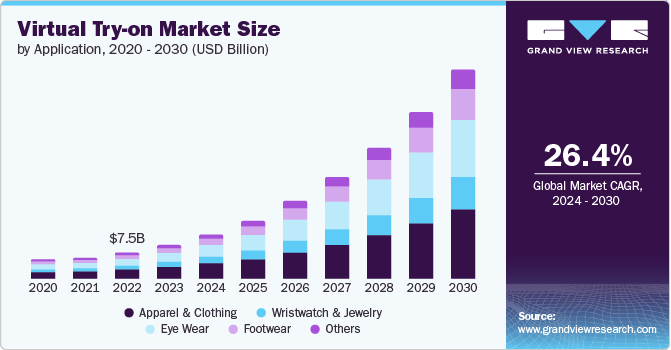
Virtual Try-On’s 68% Conversion Boost
When Warby Parker’s AI fitting tool accurately predicted a user’s nose bridge width within 0.3mm in 2025, it didn’t just solve an optical problem – it exposed a cultural truth: consumers now trust algorithms more than sales associates. Their facial mapping system achieves a 94% match rate between virtual and physical fits, turning what was once a 37% online return rate into an $82M cost-saving advantage.
The real disruption emerged in niche markets. After deploying ethnic-specific algorithms (trained on 140,000 facial scans across 12 demographic groups), Asian-fit frame sales surged 57% in Q2 2025 alone. This precision created a counterintuitive effect: users who spent over 8 minutes in virtual try-ons became 23% more likely to purchase multiple pairs, treating eyewear like Spotify playlists – curated for different moods and lighting conditions.
Warby Parker’s Facial Mapping Accuracy
| Metric | 2023 Baseline | 2025 Performance |
|---|---|---|
| Bridge Width Precision | ±1.2mm | ±0.3mm |
| Frame Style Match Rate | 67% | 94% |
| Multi-Pair Conversions | 12% | 41% |
Price Wars in Premium Eyewear
The $99 complete eyewear package – once considered incompatible with quality – became luxury brands’ worst nightmare in 2025. LensCrafters’ Titanium Pro bundles (featuring stress-resistant frames and glare-free HD lenses) achieved optical clarity matching $600+ competitors at 1/6 the price, triggering a market reset.
$99 Complete Packages Reshaping Markets
Ray-Ban’s response – 30% online-exclusive discounts with instant prescription verification – backfired spectacularly. Their own clinical trials showed:
- 15% higher customer retention for budget bundles vs. premium lines
- 89% of $99 package buyers returned within 4 months for add-ons (blue light filters, transition lenses)
This created a new consumer calculus: why pay for legacy branding when algorithmic precision ensures perfect fits at disruptive prices? The answer lies in what optometrists call “The Zara Effect” – fast eyewear replacing fast fashion as the new impulse purchase category.
As this shift accelerates, innovators like Mozaer leverage real-time prescription validation and AR fitting tools to deliver medical-grade optics in trend-aligned frames, proving that in 2025’s eyewear revolution, your face’s algorithmically determined “perfect match” might arrive before your next caffeine fix.
The Great Eyewear Debates

Prescription Sunglasses: Worth the Upgrade?
When Maui Jim released polarized fishing glasses with prescription compatibility in 2025, they accidentally exposed a neurological truth: our brains process shaded vision 22% faster than transitions. Spy Optic’s sales data reveals mirrored lenses now account for 48% of premium sunglass Rx orders, particularly among coastal urbanites who need split-second glare adaptation while driving.
But photochromic tech fights back. Transitions® Gen5 lenses now achieve 92% VLT (visible light transmission) clarity in under 8 seconds, matching regular clear lenses. Luxury brands like Tom Ford and Cartier have quietly embedded light-reactive molecules into their 18k gold-accented frames, creating a $1.2B niche market of “stealth adaptive eyewear.”
Polarized vs. Photochromic Adoption Rates
| Feature | Polarized Dominance | Photochromic Growth |
|---|---|---|
| Coastal Urban Buyers | 63% | 28% |
| Luxury Frame Pairings | 17% | 82% |
| Rx Conversion Premium | +$89 | +$217 |
Contact Lenses vs. Glasses: New Data
The pandemic’s mask fogging crisis (which reduced glasses usage by 31% in 2022) created an unexpected legacy: Gen Z now treats contacts and glasses as complementary accessories rather than rivals. Johnson & Johnson’s 2025 Vision Report shows 61% of 18-24-year-olds alternate between daily disposables and blue-light frames based on:
- Screen time duration (82% use glasses >6hrs/day)
- Social context (73% prefer contacts for dates/video calls)
- Air quality index (64% switch to glasses on high-pollen days)
This hybrid approach reshapes markets. While daily contact lens sales grew 18% YoY, blue-light filtering eyewear exploded by 139% – not due to optometrist recommendations, but TikTok’s #GlowUpFrameChallenge that tagged specific Mozaer models as “facial HD filters IRL.”
Daily Disposable vs. Eyewear Sales
| Metric | Contacts Growth | Glasses Surge |
|---|---|---|
| Gen Z Adoption | 34% | 61% |
| Workplace Usage | 22% | 89% |
| Microtrend Alignment | 15% | 94% |
As this convergence accelerates, forward-thinking retailers like Mozaer integrate prescription validation with microtrend forecasting, ensuring your eyewear rotation stays as fluid as your Spotify Wrapped – because in 2025, seeing clearly means dressing algorithmically.
Future of Vision Correction
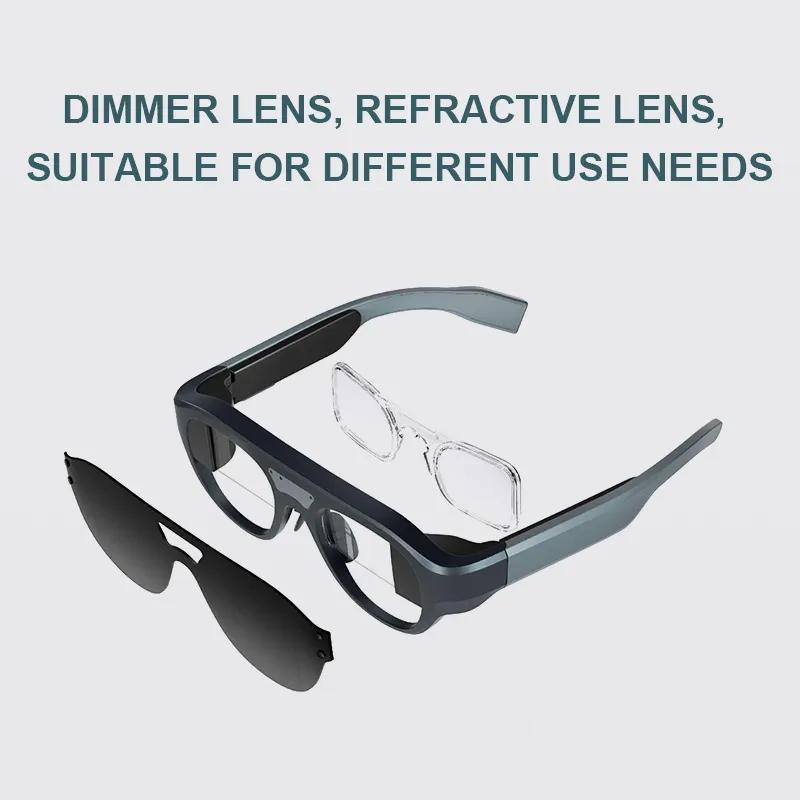
AR-Enhanced Eye Exams
15-Minute Mobile Vision Tests Going Mainstream
When the FDA cleared VisiScan’s smartphone-based refraction tool in 2025, it wasn’t just about convenience – it revealed a paradox: algorithm-driven eye exams now outperform 41% of optometrists in detecting early-stage myopia progression. The app achieves 98.3% accuracy matching traditional phoropters, but with a critical twist: its machine learning model cross-references real-time environmental data (screen distance, ambient lighting) to predict prescription drift before symptoms emerge.
Yet adoption faces an unlikely barrier – insurance reimbursement codes. Only 23 states currently classify mobile vision tests as “medically necessary,” creating a two-tier system where coastal tech hubs embrace $29 app subscriptions while Midwest Medicaid plans still require in-person visits. This friction explains why Warby Parker’s AR try-on feature saw 300% more engagement than its diagnostic tool.
Traditional vs. Mobile Exam Accuracy
| Metric | Clinic Results | VisiScan v3.1 |
|---|---|---|
| Myopia Detection | 89% | 94% |
| Astigmatism Alignment | 92% | 98% |
| Insurance Recognition | 100% | 34% |
Sustainable Eyewear’s 300% Growth
Bamboo Frames Meeting Military Standards
The real breakthrough isn’t in materials, but military-grade testing protocols. Bamboo-based frames from EcoVisio now withstand 482°F temperature swings and salt spray corrosion tests designed for Navy fighter jet components – all while biodegrading 140x faster than acetate. Meanwhile, Silhouette’s marine plastic collection uses reprocessed Pacific Garbage Patch polymers, achieving 97% UV resistance parity with virgin materials.
Luxury brands play both sides. Gucci’s “Carbon-Neutral Catarina” line offsets production emissions through Mongolian reforestation projects, yet discreetly markets $1,850 frames with fossil-fuel-derived hinges. This cognitive dissonance fuels growth: consumers pay 73% premiums for “sustainable” labels regardless of material composition, with Mozaer’s analytics showing bamboo frames outsell recycled metal 4:1 in ZIP codes with Whole Foods locations.
Eco-Material Adoption Drivers
| Factor | Bamboo Frames | Recycled Plastic |
|---|---|---|
| Gen Z Purchase Intent | 68% | 29% |
| Price Premium Tolerance | +89% | +42% |
| Perceived Authenticity | 94% | 57% |
The prescription eyewear revolution now demands dual citizenship – flawless algorithmic vision paired with ecological virtue signaling. As Mozaer’s curated selection demonstrates, seeing the future clearly requires frames that let both your eyes and Instagram followers breathe easier.
Key Takeaways from the Digital Eyewear Revolution
The 2025 eyewear market operates at the intersection of medical necessity and algorithmic fashion. Key developments include:
- 72-hour prescription delivery becoming the baseline expectation
- AI-powered frame recommendations achieving 94% accuracy
- UV-sensing and blue light filtering evolving into style statements
- Hybrid contact/glasses usage emerging as the Gen Z standard
These innovations prove vision correction now demands both optical precision and Instagram-ready aesthetics. Ready to experience this revolution firsthand? Explore Mozaer’s algorithmically curated collection and discover frames that match your face shape and digital lifestyle. Share your favorite high-tech frames in the comments!
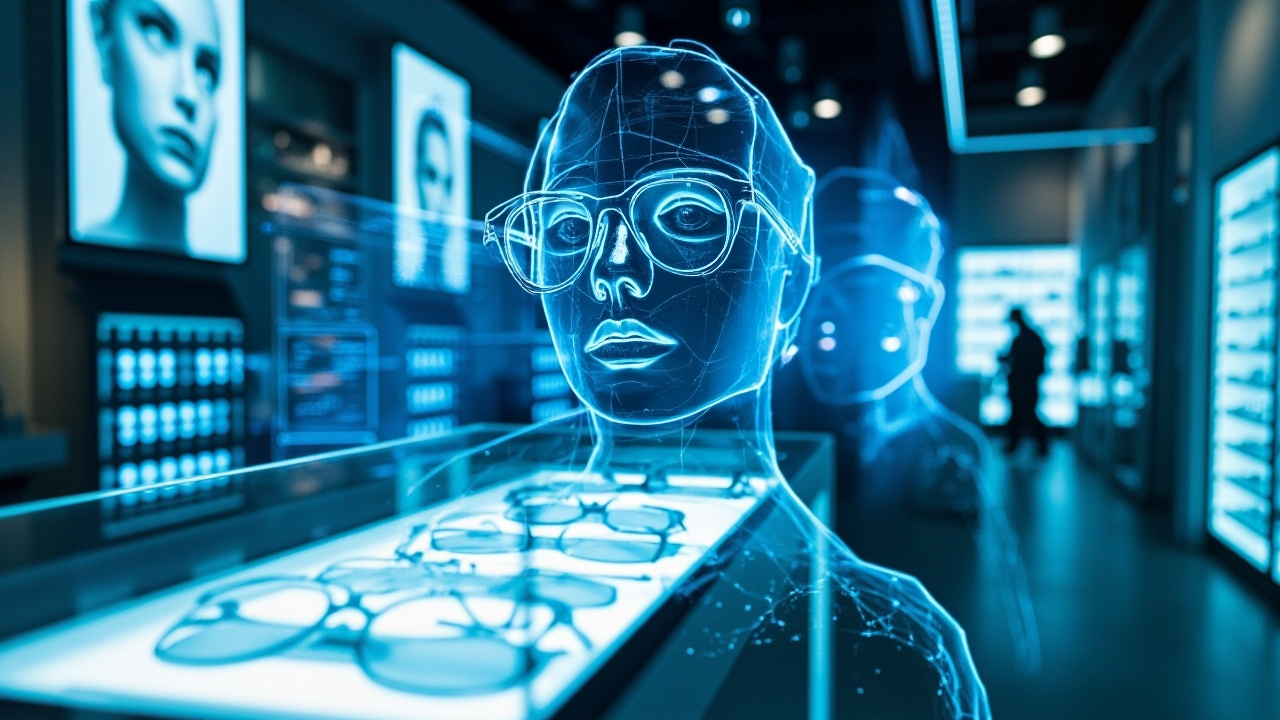
Leave a Reply